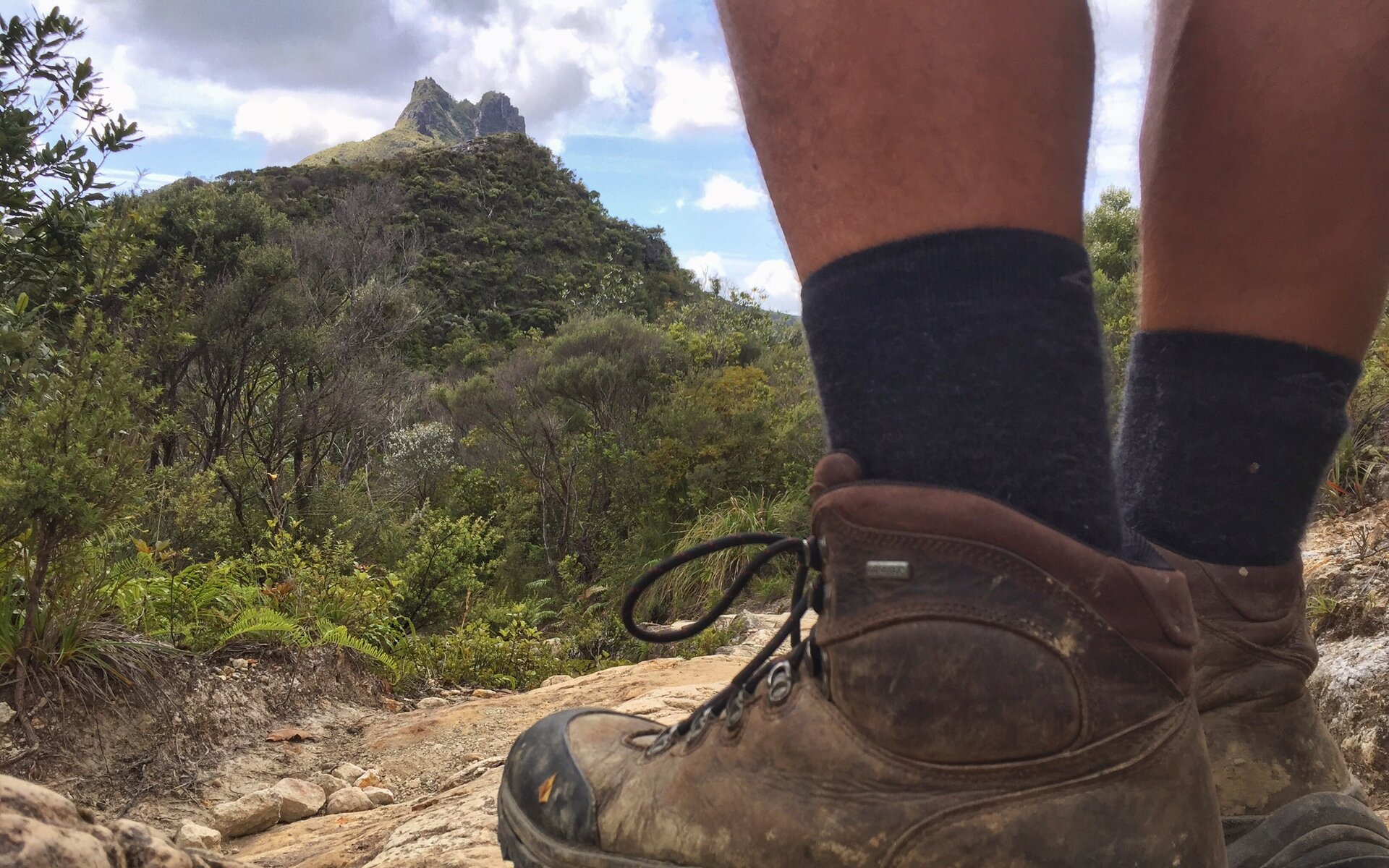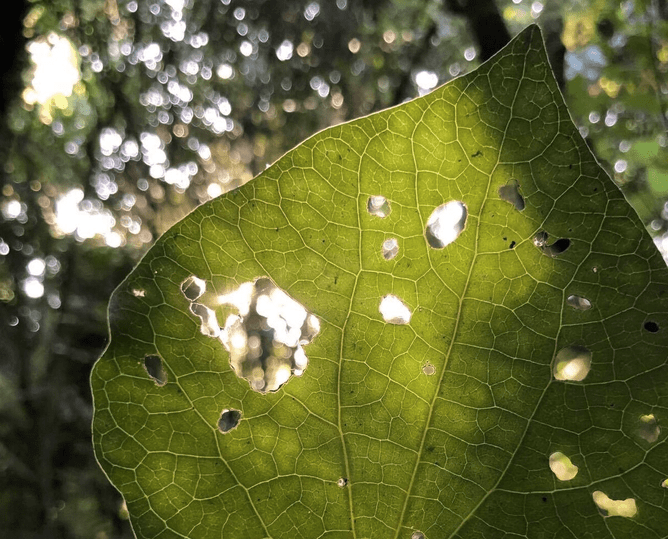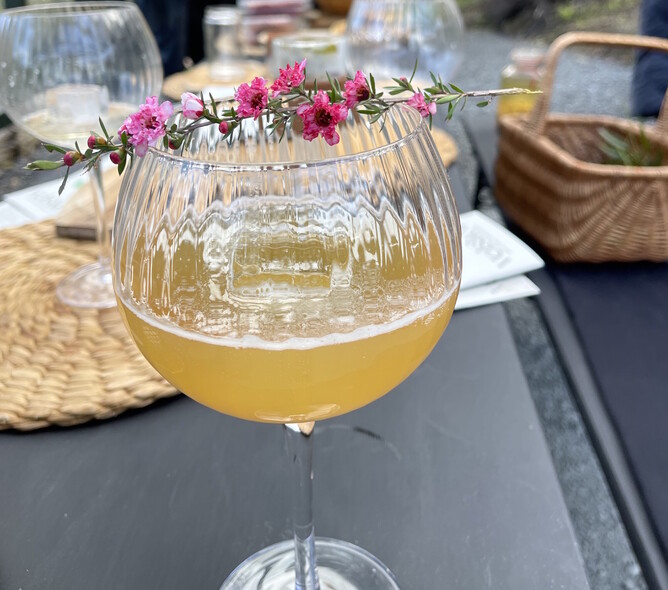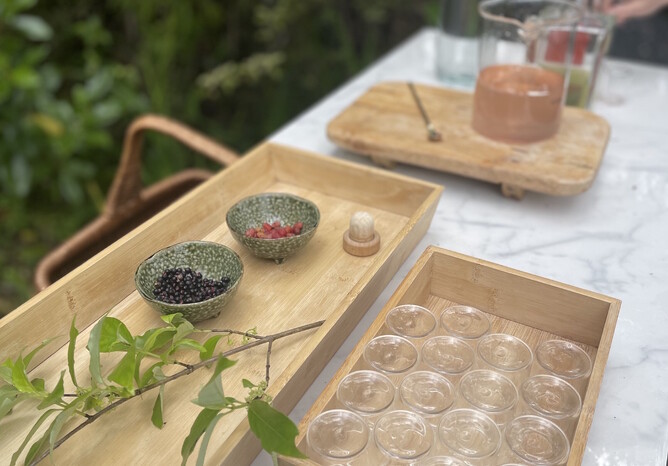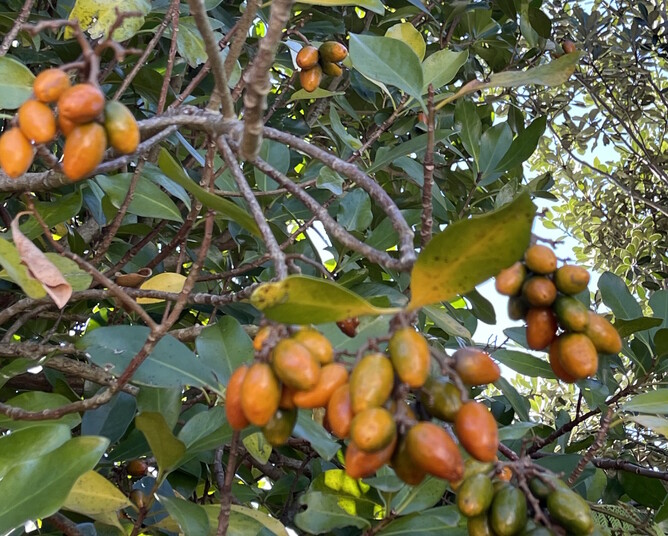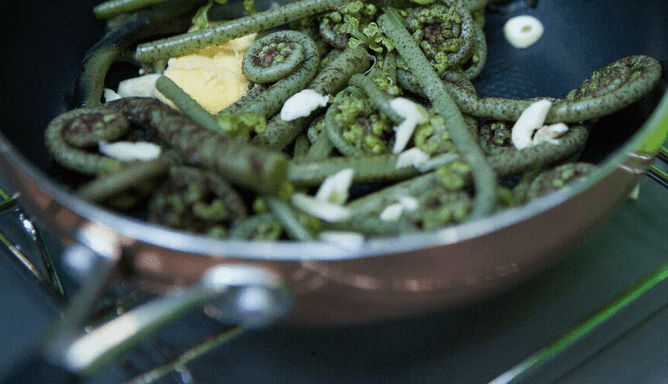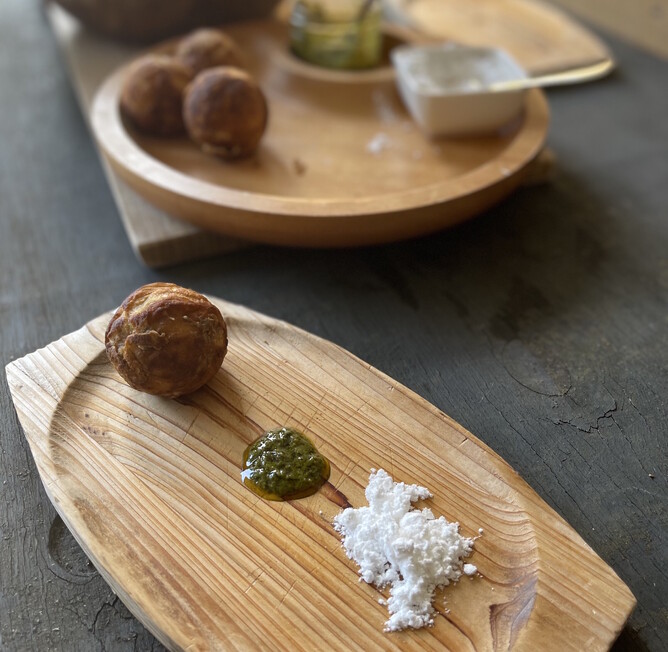Nature's edible treasures
Our forests are teeming with native herbs, spices, berries and other edible treasure and we are embracing a journey of discovery when it comes to the flavours of nature.
Nature and Nosh is lucky enough to have partnered up with Velskov, a native food farm set in ten acres of regenerating forest west of Auckland, where our hiking groups are treated to an 'Art of Foraging' workshop with Mamakan on the final day of their Coastal Charm Classic trip.
Mamakan is a botanical artist who is an expert forager and sums up her work as 'GastroGeography' or a taste of place.
A taste of place
When you think of New Zealand, what flavours come to mind?
Perhaps our famous mānuka honey? Fish and chips and Bluff oysters? Our native forests are starting to make a name for themselves in the culinary world, as the likes of kawakawa and horopito start showing up on restaurant menus.
We are blessed with a diverse array of edible plants that can be found in our forests. From the peppery leaves of kawakawa to the sweet berries of karaka, each of these foragable edibles offers a unique flavour found no where else in the world.
Kawakawa
Also known as the "New Zealand pepper tree," Kawakawa a small evergreen shrub with heart-sharped leaves that are hard to miss. The leaves have a - you guessed it - peppery flavour, that leave a tingle in your mouth after tasting, making them a popular choice for culinary and medicinal uses. When foraging for kawakawa, look for the distinctive holes on the leaves, made by the kawakawa moth. The leaves can be used to make refreshing teas which is great for inflammation. You can also infused it in oil, adding a unique flavour and kick to dishes.
Mānuka
Mānuka, perhaps best known for its medicinal wonder honey, offers more than just its famed nectar. The Mānuka tree, with its small white or pink flowers, also produces edible leaves that have a slightly bitter and earthy flavour. Foragers can enjoy these leaves steeped in hot water for a soothing tea.
Hangehange
Hangehange, in it's glorious abundance is a shrub treasure also known as 'bush lettuce'. The young shoots and leaves of the hangehange plant are edible and boast a mild, spinach-like flavour. When it flowers, the distinct aroma of honey can be traced in the air.
Karaka berry
The karaka tree bears small orange berries holding a kernel that have been consumed by Māori for centuries. However, it's important to note that karaka kernals are TOXIC when raw and should only be consumed after extensive preparation to remove their toxicity. Once properly processed, the kernels inside the karaka berries can be roasted, ground, and used to make a type of flour. The orange flesh when dried taste like apricot or mango and is delicious!
Pikopiko
Pikopiko are a forager's delight, offering a taste of the forest in a tender, coiled package. These young fern fronds are best harvested in spring when they are at their most tender and tasty. Look for the distinctive spiraling growth of pikopiko emerging from the forest floor, and take care to harvest sustainably, as overharvesting can harm the plant's population. Once gathered, pikopiko can be steamed, stir-fried, or used in salads, adding a delightful texture and flavour to a variety of dishes.
Using all your senses
So, take a leisurely journey into the wilderness with us after all your hard work climbing hills. Forage for the flavours of the forest with Mamakan. Get hands-on with your harvest. We'll explore simple yet flavourful ways to prepare and enjoy these natural ingredients including native cocktails and mead.
Day 7 on this Coastal Charm Classic trip presents an opportunity to connect with nature in a different way. It offers a down-to-earth perspective on the bountiful edible treasures found in our forests that you may not have noticed while walking through on your hiking journey.
